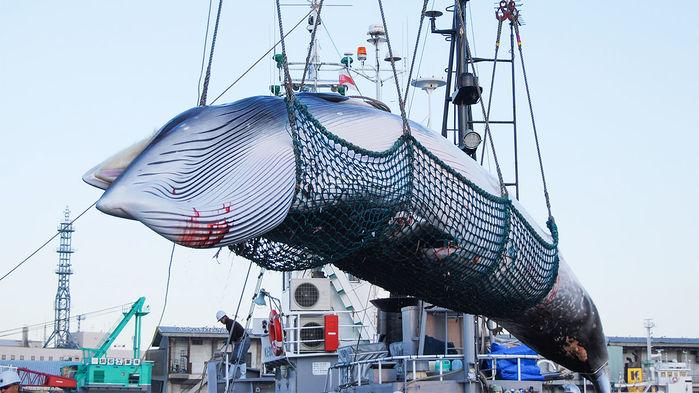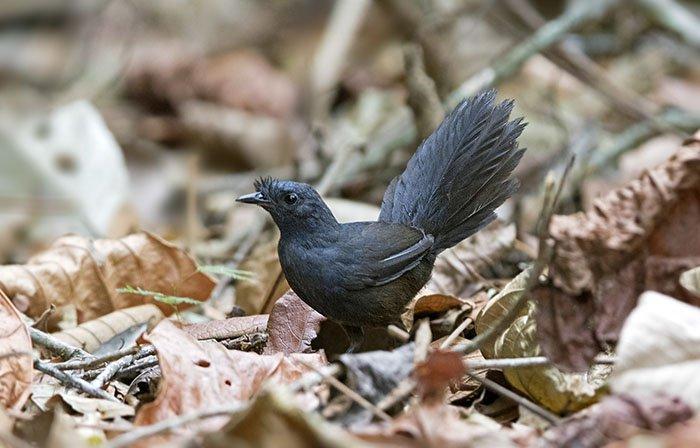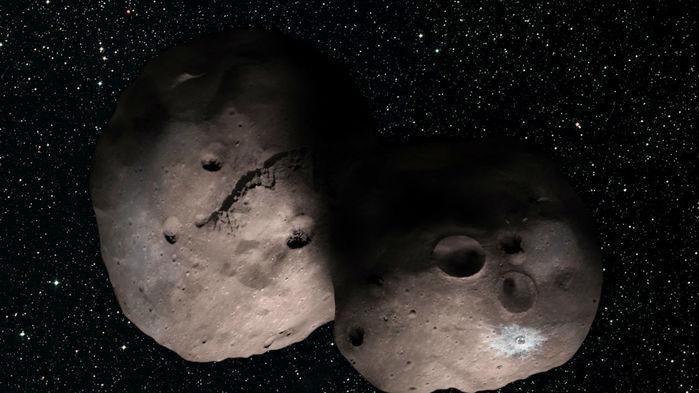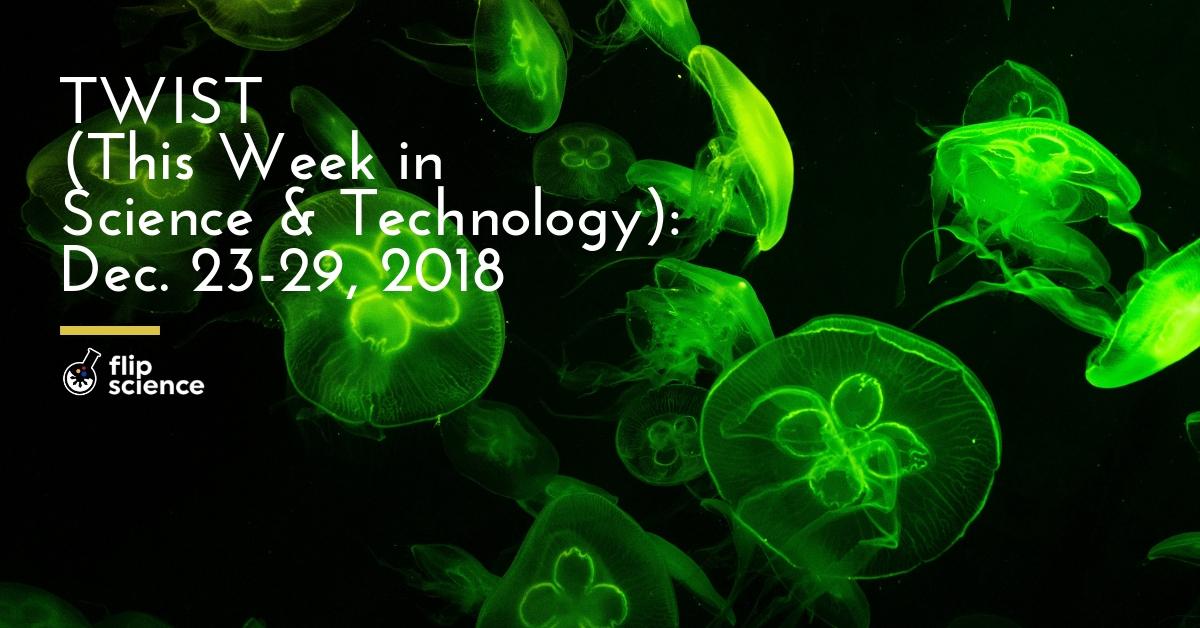ICYMI: A handful of science and technology updates from December 23 to December 29, 2018.
House approves bill improving benefits for gov’t S&T personnel
On its second reading, the House of Representatives recently approved HB 8734, in a move to encourage science and technology practioners in the Philippines to render services for the government. The bill aims to amend provisions on compensation for S&T practitioners (such as scientists, technologists, researchers, and technicians) who work for the government “beyond the established regular workload.” It will also S&T personnel who are not employed by the Department of Science and Technology (DOST) to avail applicable benefits for participating in Science and Technological Activities (STA), as well as allow extension of services for scientists due for compulsory retirement. Read the full story.
Japan ends “scientific” whaling program (but will continue commercial hunting anyway)

Come 2019, Japan’s whaling programs will no longer be conducted for scientific research, but will focus on commercial trade. (Image: Jiji Press/Newscom)
In a controversial move, Japan has formally announced its withdrawal as a formal member from the International Whaling Commission (IWC), effective July 2019. Along with it comes the end of the country’s annual “scientific whaling program,” which has long been the subject of criticism from various environmental groups worldwide. However, Japan also announced that it will resume commercial whaling next year. Future whaling activities will be centered on hunting whales solely to obtain tradable resources (such as whale meat and oil) instead of research. This raises the question of how Japan’s decision will impact whale populations. Read the full story.
Researchers catch glimpse of rare bird in Brazil

Stresemann’s Bristlefront. (Image: Ciro Albano/ABC)
An endangered bird has been spotted in the wild twice in early December, after months of searching. Stresemann’s Bristlefront, described as a “medium-sized, long-tailed bird with distinctive bristles on its forehead,” was seen last December 12 and 14 in eastern Brazil. Given the rate at which its rainforest habitat is shrinking in size, researchers are hopeful that it’s not too late to save this bird from extinction. Read the full story.
Scientists “transform” copper into gold (in a sense)
It’s not quite the Philosopher’s Stone, but it’s close enough. A team of researchers from the Chinese Academy of Sciences in Liaoning recently published a paper wherein they described how they changed the electron structure of copper by bombarding its atoms with “high-energy argon plasma.” This made the metal less reactive, similar to gold and other noble metals. As the team described on the Academy’s website, the “transformed” material “can resist high temperatures, oxidisation and erosion.” Read the full story.
NASA probe to race past “unchanged” billion-year-old space object on New Year’s eve

Artist’s rendition of MU69, or Ultima Thule. (Image: NASA/Johns Hopkins University Applied Physics Laboratory/Southwest Research Institute/Alex Parker)
Immediately after 12 midnight on New Year’s Eve, NASA’s New Horizons probe will fly past a 35-kilometer-wide object 6.6 billion kilometers away, called MU69. Located in the Kuiper belt, MU69 is believed to remain almost exactly the same as how it was when it came into existence billions of years ago. Researchers at the Johns Hopkins University Applied Physics Laboratory (APL) say that the scheduled flyby of the probe, which launched in 2006, will be akin to getting a glimpse of the Solar System’s “earliest days.” Read the full story.







